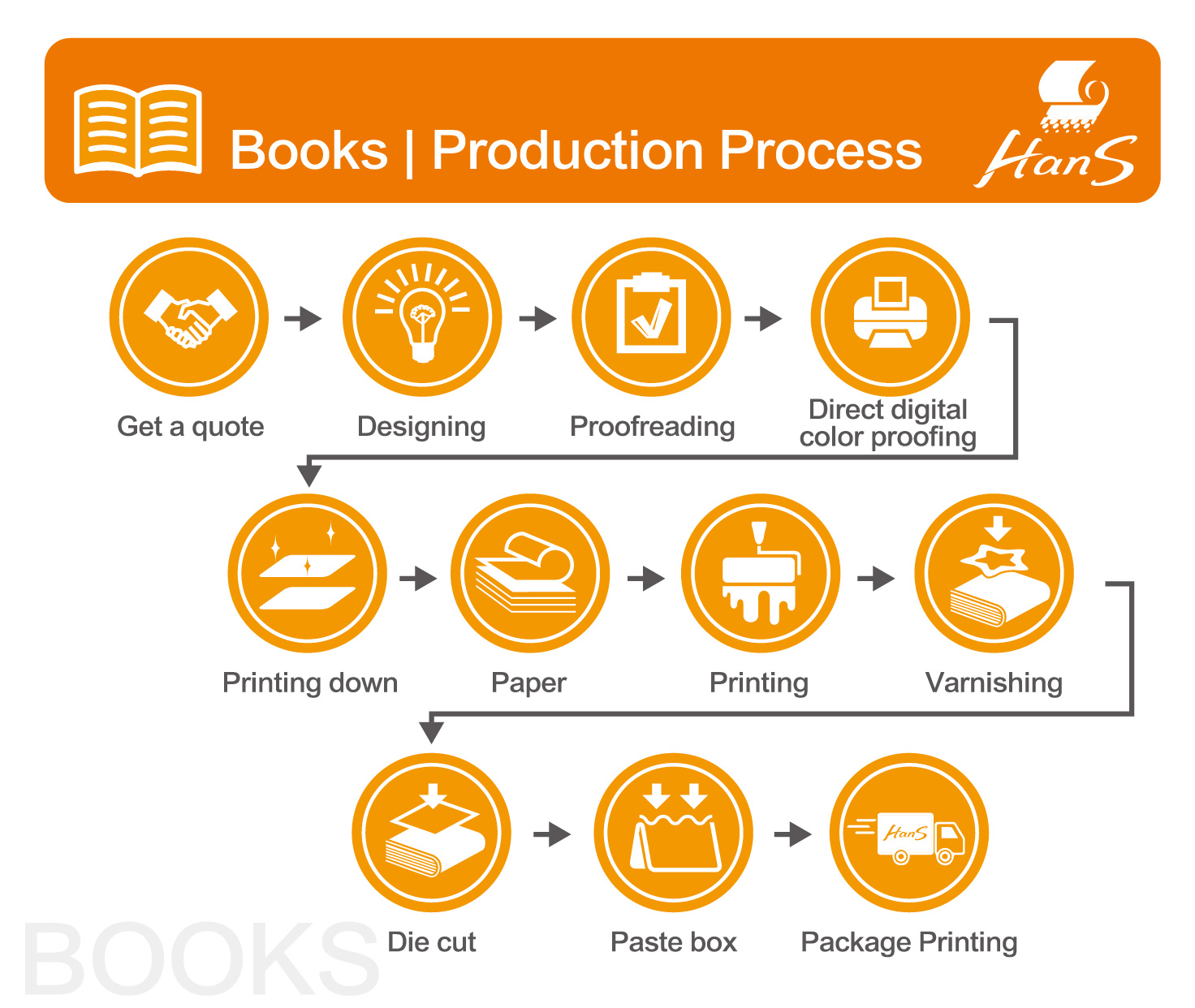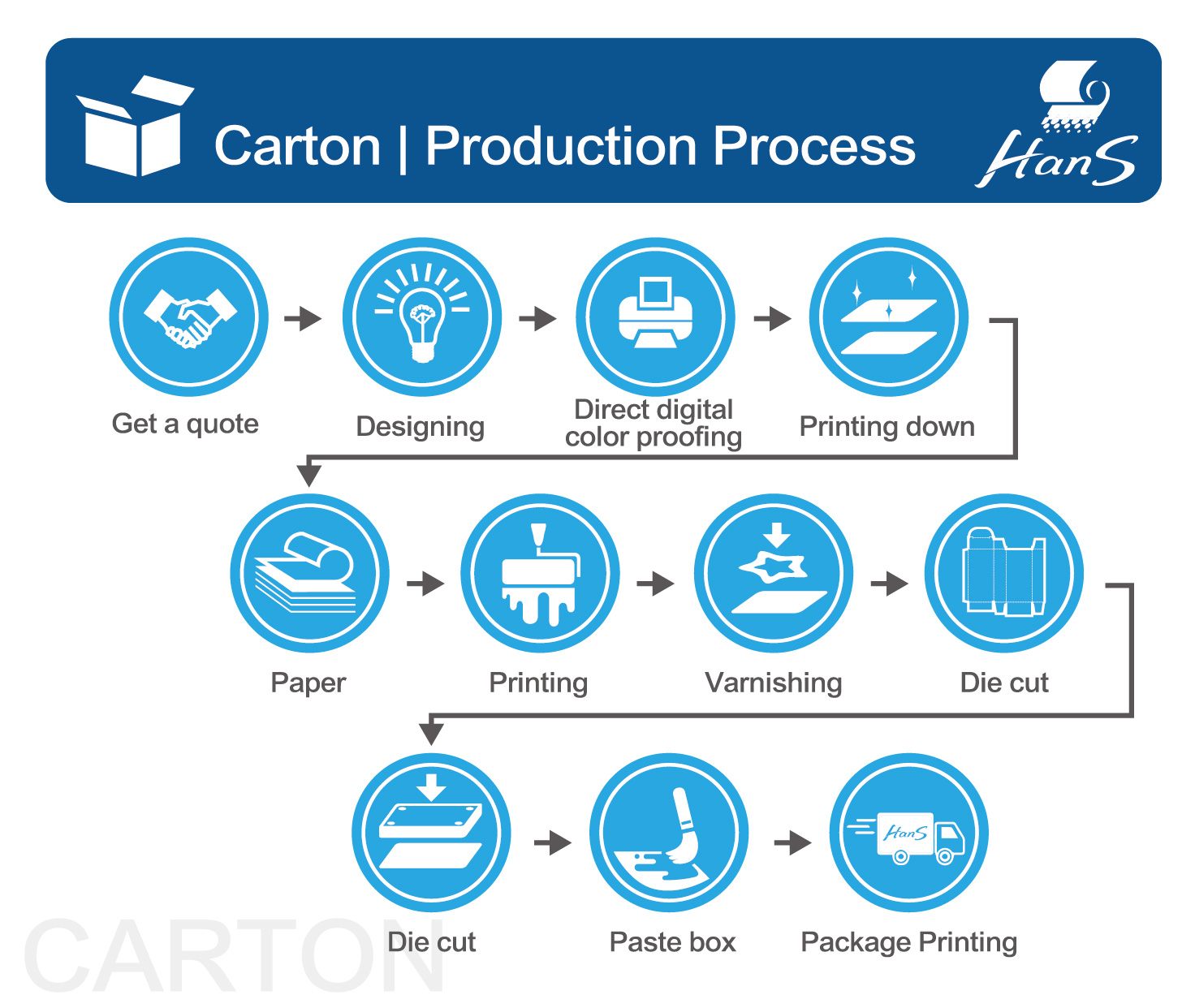Printing Demands in the Asian Market
-
sentiment_very_satisfied
Viewers:
- 0
The printing industry in Asia has been experiencing significant growth, driven by the region's robust economic development, increasing consumer demand, and advancements in printing technology. As a diverse and rapidly evolving market, Asia presents unique opportunities and challenges for the printing sector. This article explores the key factors influencing printing demands in the Asian market and the trends shaping its future.

1. Economic Growth and Urbanization- Asia’s rapid economic growth and urbanization have led to increased consumer spending, particularly in emerging markets like China, India, and Southeast Asia. This growth has fueled demand for various printed materials, including packaging, promotional materials, and books.
- The expanding middle class in these regions has also contributed to the demand for high-quality printing, as consumers seek premium products with appealing designs and packaging. |
2. E-commerce Boom- The rise of e-commerce in Asia has significantly impacted the printing industry, particularly in the area of packaging. With the surge in online shopping, there is a growing need for customized packaging solutions that not only protect products during shipping but also enhance brand recognition and customer experience.
- The demand for digitally printed packaging, which allows for personalization and shorter print runs, has increased as businesses look to differentiate themselves in a competitive market. |
3. Sustainability Concerns- Environmental awareness is on the rise in Asia, leading to increased demand for sustainable printing practices. Consumers and businesses alike are seeking eco-friendly printing solutions, such as the use of recycled materials, water-based inks, and energy-efficient printing processes.
- Governments in the region are also implementing stricter environmental regulations, prompting printing companies to adopt greener practices to comply with these standards. |
4. Technological Advancements- Advances in printing technology, particularly digital printing, have transformed the industry in Asia. Digital printing offers flexibility, cost-effectiveness, and the ability to produce short print runs, making it ideal for the region’s diverse market needs.
- The adoption of automation and AI in printing processes has also increased efficiency and reduced production times, enabling companies to meet the growing demand for fast, high-quality printing services. |
5. Cultural and Language Diversity- Asia's rich cultural and linguistic diversity presents both opportunities and challenges for the printing industry. Printing companies must cater to a wide range of languages, scripts, and cultural preferences, which can vary significantly across the region.
- This diversity has led to the demand for localized printing services that can produce materials tailored to specific markets, whether it be in terms of language, design, or cultural relevance. |
6. Print Media Resilience- While digital media continues to grow, print media remains resilient in Asia, particularly in countries where print culture is still strong. Newspapers, magazines, and books continue to be widely consumed, particularly in markets like Japan, South Korea, and India.
- The education sector in Asia also drives significant demand for printed textbooks and educational materials, further supporting the print industry. |
7. Challenges and Competition- Despite the growth opportunities, the printing industry in Asia faces challenges such as rising operational costs, fluctuating raw material prices, and intense competition. Companies must continuously innovate and adapt to changing market conditions to stay competitive.
- The influx of cheap printing services from countries with lower labor costs can also put pressure on local businesses, particularly those in more developed markets. |
The Asian printing market is dynamic and diverse, characterized by rapid growth, technological advancements, and evolving consumer demands. To succeed in this competitive landscape, printing companies must stay attuned to market trends, embrace sustainable practices, and leverage technology to meet the needs of this vast and varied market. As Asia continues to develop, the printing industry will undoubtedly play a crucial role in supporting its economic and cultural growth. |
From planning and filing to the completion of printed matter, printing must go through many procedures, combined with the professional skills of countless people, such as graphic designers, commercial photographers, copywriters, typewriters, artists, color separation technicians, printing technicians, Public workers, printing technicians, bookbinding, varnishing and various processing technicians, etc., without any one, can not successfully complete the printed matter, so they are all important contributors.
We assist many enterprises and organizations in the integrated planning and production of printed materials, focusing on providing comprehensive printing integration services, helping you think more, do more, and win more under limited time and money.


















